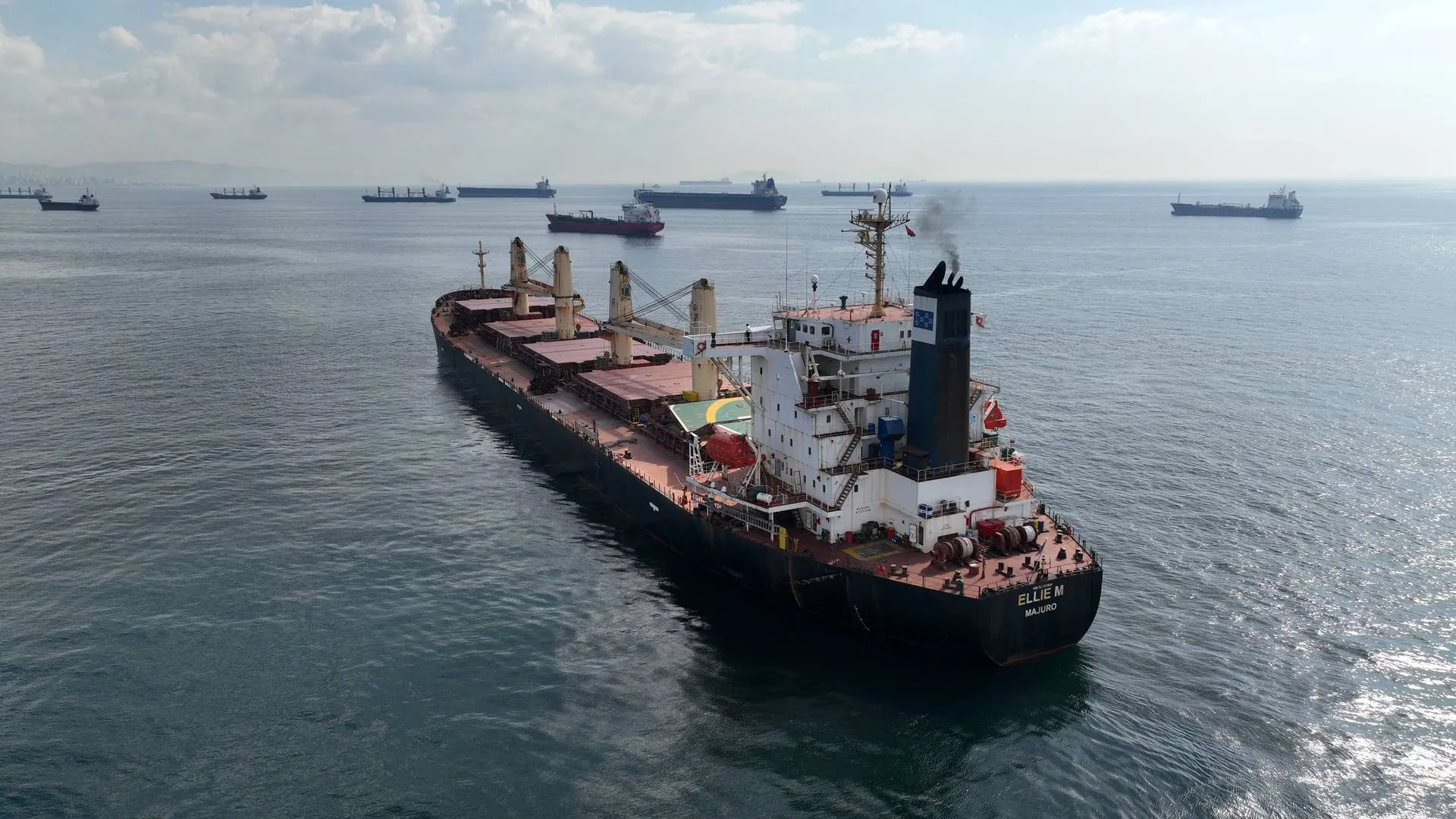In July of this year, global new ship orders experienced a “halving,” yet Chinese shipbuilders still firmly held the top position in the industry. Although affected by factors such as U.S. policies and market fluctuations, the number of orders received by Chinese shipbuilders declined year-on-year this year, their market share and leading advantage in the global shipbuilding industry remain significant.
According to data released by Clarkson on August 12, the global new ship order volume in July was 58 vessels totaling 2.03 million compensated gross tons (CGT), a 58% decrease compared to the 4.87 million CGT in the same period last year and a 43% drop from the 3.54 million CGT in June this year. Among these, Chinese shipbuilders secured new orders for 43 vessels totaling 1.52 million CGT, accounting for 75% of the global market share and ranking first. South Korean shipbuilders received orders for 8 vessels totaling 330,000 CGT, with a global market share of only 16%, placing them second.
From January to July this year, the cumulative global new ship order volume was 788 vessels totaling 23.26 million CGT, a 51% decline compared to the 1,973 vessels totaling 47.65 million CGT in the same period last year. Chinese shipbuilders secured orders for 463 vessels totaling 13.03 million CGT, a 59% year-on-year decrease, with a 56% market share, ranking first. South Korean shipbuilders received orders for 123 vessels totaling 5.24 million CGT, a 37% year-on-year decline, with a 23% market share, ranking second.
As of the end of July this year, the global order backlog stood at 164.79 million CGT, a decrease of 440,000 CGT compared to the end of June. Among these, China’s new ship order backlog reached 98.37 million CGT, an increase of 13.37 million CGT year-on-year, maintaining the top position with a 60% market share. South Korea’s new ship order backlog was 35.22 million CGT, a decrease of 4.03 million CGT year-on-year, with a 21% market share, ranking second.
In July this year, new shipbuilding prices remained stable. The Clarkson Newbuilding Price Index stood at 186.65 points, down 0.46 points from 187.11 points in June but up approximately 47% compared to the same period five years ago at 126.72 points.
By vessel type, the price of a 174,000-cubic-meter large LNG carrier was $251 million, down $4 million from June; the price of a very large crude carrier (VLCC) was $126 million, unchanged from June; and the price of a 22,000–24,000 TEU ultra-large container ship was $273 million, also unchanged from June.
The South Korean shipbuilding industry noted that in July, South Korean shipbuilders accounted for only 16% of global new ship orders, far behind China. However, this was due to South Korean shipbuilders continuing their selective order strategy focused on high-value-added vessels, which helps improve profitability and enhance competitiveness.
Looking at the order intake of Chinese and South Korean shipbuilders in the first seven months of this year, China ranked first in February, April, May, June, and July, while South Korea only topped the list in January and March.
Filipe Gouveia, Shipping Analyst at BIMCO, stated that the U.S. Trade Representative’s (USTR) policy of imposing port fees on Chinese-built ships, combined with the decline in global new ship orders and changes in vessel structure, collectively led to a drop in Chinese shipbuilders’ order share from 72% in the second half of last year to 52% in the first half of this year.
After the USTR released a Section 301 draft targeting China’s shipping, logistics, and shipbuilding industries at the end of February, South Korean shipbuilders briefly surpassed China in order intake in March. However, after the USTR announced a revised port fee plan in April, reducing charges for non-Chinese-owned Chinese-built ships or newbuilds, shipowners returned to Chinese shipyards for orders.
Gouveia pointed out that the shipbuilding capacity available to replace Chinese shipbuilders is currently quite limited. Even if shipowners avoid ordering new ships from China due to the USTR’s port fee policy, it would be difficult to find sufficient alternative capacity. As the world’s second- and third-largest shipbuilding nations, South Korea and Japan face challenges in expanding capacity due to labor shortages caused by declining populations. This demographic issue has driven up labor costs, weakening the competitiveness of Japanese and South Korean shipbuilders in the global market.
In his view, even with the negative impact of U.S. policies, if global new ship orders had not declined sharply since the beginning of the year, Chinese shipbuilders’ order share would likely have been higher.
Looking ahead, Gouveia believes China’s position remains solid: “China’s dominance in shipbuilding is unlikely to change significantly in the short term, but competition may intensify in the medium term. Countries like the Philippines and Vietnam, currently small-scale builders of bulk carriers and tankers, may leverage low labor costs to expand capacity. Meanwhile, the U.S. and India, though currently limited in shipbuilding capabilities, are actively promoting domestic industry development. However, even if successful, it will take time to scale up capacity.”





